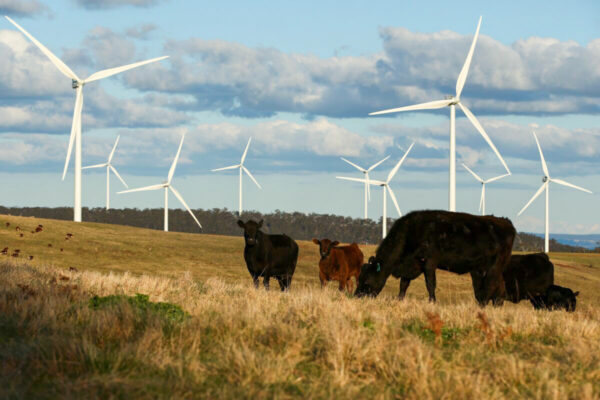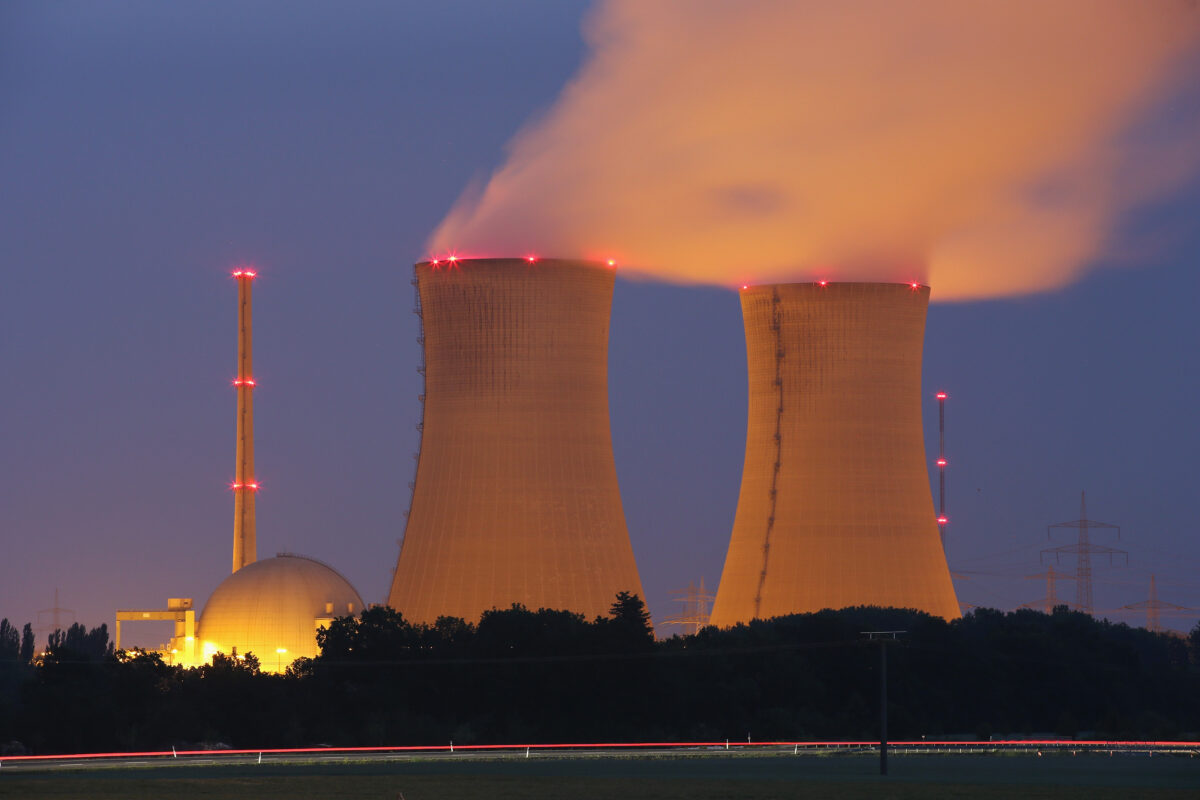Commentary
The AUKUS submarines have already performed their first stealth mission, inserting the question of nuclear power back into the national conversation—this time as a practical possibility.
When he was defence minister, Opposition Leader Peter Dutton was partly responsible for the decision to buy eight nuclear power submarines. Now in his speech-in-reply to the budget, he is suggesting nuclear as an option for powering Australia’s electricity network.
It is a smart move, not as courageous as it looks, but still brave. It gives him a way into the climate change debate without giving-in to fantasy.
While only 31 countries have nuclear reactors to generate domestic power, Australia is one of the only four that has an outright ban on them.
Why we have banned it defies logic, but it has deep psychological roots arising from its military uses, as well as safety concerns born out of a few nuclear mishaps such as Three Mile Island, Chernobyl, and Fukushima.
There is also Australia’s experience as a nuclear weapons testing site, when the British detonated devices at Maralinga, as well as the French government’s tests at Mururoa Atoll in French Polynesia.
Nevertheless, the ban has always been a little illogical.
Australia has the largest reserves of global uranium, with a total of one-third of the world’s known resources, and in 2021 was the world’s fourth largest producer, mining nine percent of world production.
So we won’t use it, but we will produce it.
We have also had a nuclear reactor in operation at Lucas Heights in Sydney since 1958, when the first reactor was turned-on. This is a research reactor in southwest Sydney, 31 kilometres from the CBD, which also produces medical and industrial isotopes.
Renewables Alone Not Feasible
Polling numbers have shown nuclear power was unpopular until recently.
In 2011, a Lowy Institute poll showed 62 percent against and only 35 percent for. In 2021, this had changed to 52 percent in favour.
The reason for this is two-fold—concern about climate change coupled with the unravelling of the renewable energy industry’s pitch that wind and solar can save the day.

There are two strands to climate change thought. One is the Star Wars strand, and the other is the Hobbiton one.
The Star Wars strand contains the techno-optimists who see climate change as being just another challenge in man’s irresistible rise to the stars and beyond.
The Hobbiton strand contains the nostalgic romantics, yearning for a simpler, less material, and more natural life.
The latter has so far prevailed, which is not surprising because this is where the majority of deep-green environmentalists are. But the reality, in the shape of mankind’s desire to maintain and improve living standards, is colliding with it.
Promises were made that wind and solar were “green, clean, and cheap,” but long experience with them shows this trifecta to be a lie.
So-called renewable technologies involve the mining of huge amounts of earth to produce the minerals they need; pose enormous challenges in disposing of the turbines and panels when they are finished; and, as power prices climb inexorably higher, they can no longer claim to be cheap.
The cost challenges are immense.
Wind and solar are intermittent and need to be backed up by storage and also by alternative technologies.
This necessitates a massively enlarged network and capacity that is two or more times what is needed sitting idle most of the time.
Indeed, as I write, there is virtually no usable wind over South Australia, Victoria, and New South Wales (NSW).
A quick look at the synoptic chart shows that there is hardly any pressure gradient over these areas to generate wind and that this is forecast to continue for at least another seven days.
The result is that South Australia currently produces over 70 percent of its power from gas, and in NSW and Victoria, similar amounts from black and brown coal, respectively.

If the gas and coal are removed, what amount of storage would be required to make up the difference? What additional amount of solar and wind would need to be built specifically to charge the storage? How long could the storage discharge energy before it needs to be recharged? And what if you miscalculate any of these because this was a one-in-a-hundred-year event?
Time for a Nuclear Push
So attention is now shifting to other solutions, and nuclear is the standout.
It can be dropped into the existing grid, so it requires no additional network. It doesn’t require storage as a backup. It runs 24/7 over 90 percent of the time.
What’s more, the advent of small nuclear reactors (SMRs) adds an additional degree of comfort.
I realised this when the supercarrier USS Ronald Reagan docked in Brisbane in 2019, a spent cartridge’s throw away from Brisbane’s most expensive real estate, and no one even whimpered.
Yet here was a ship powered by two small modular reactors of 70 megawatts (MW) each.
Back in the 60s, it would have been met by a rainbow-coloured flotilla of hippies in canoes and surf skis protesting its presence. In the 2010s, it was the site of a pleasant Sunday afternoon for Brisbane families touring its facilities.
Nuclear is the only technology that is genuinely low CO2 emitting, and SMRs at 70 MW in size are so anonymous that no one cares, even if it is just down the road.
This is an ideal issue for the opposition, as the party of material progress, to pick up.
The community is simultaneously worried about climate change and cost-of-living, and it is willing to contemplate the technically feasible rather than the impractically fantastic.
Dutton wants to be seen as the adult in the room. He’s made a good start on that and is gradually improving in the polls.
When he advances adopting nuclear as a major policy, he appears at the same time courageous, practical and strong, and he creates a clear difference between himself and the government.
Nuclear power could be his ticket to resurrecting the Liberal Party and our ticket out of a carbon-constrained future.
Almost everyone wins apart from the government.
Despite Energy Minister Chris Bowen, this should dawn on them, and then the nuclear possibility might become a certainty.
Views expressed in this article are the opinions of the author and do not necessarily reflect the views of The Epoch Times.

















































